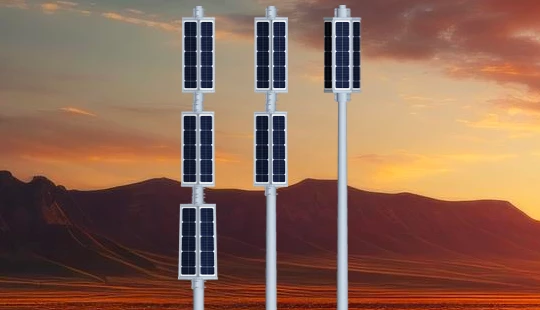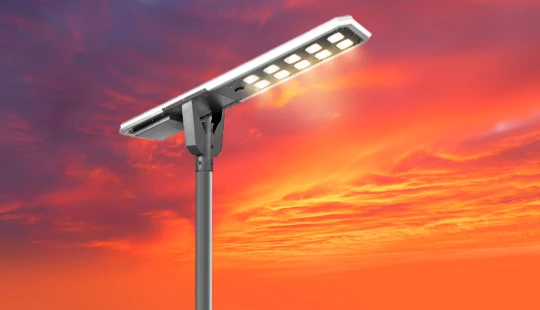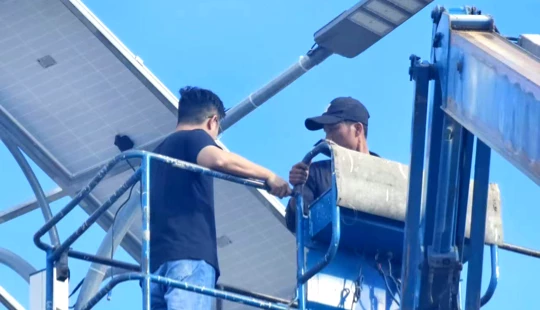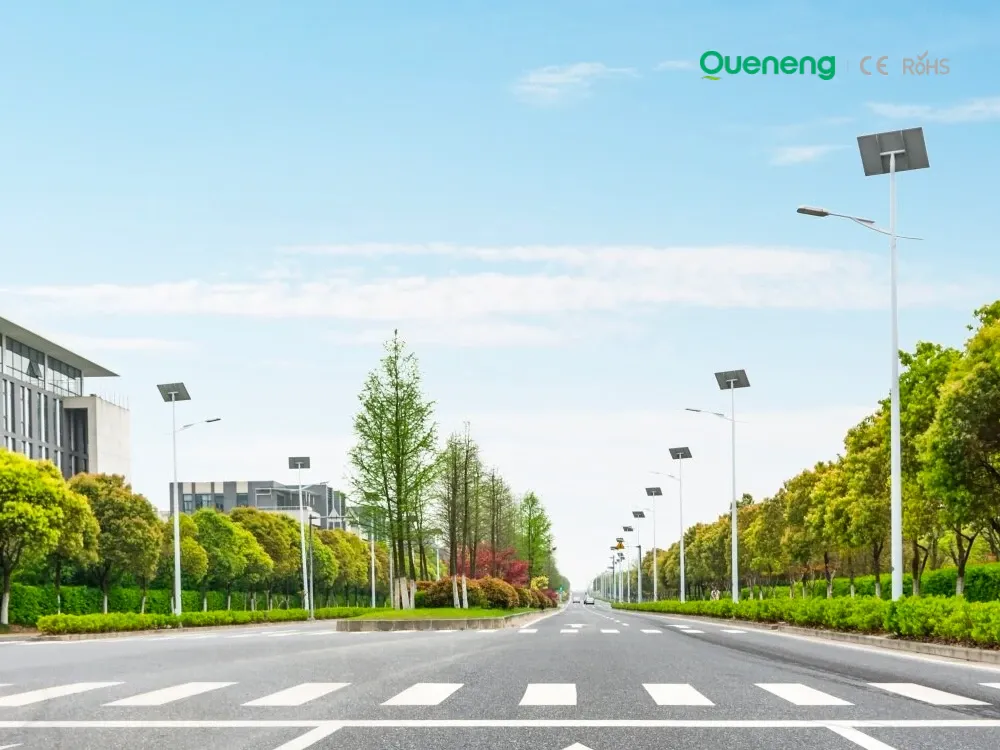Introduction
As cities and businesses seek more sustainable solutions, solar street lights have emerged as a popular and energy-efficient alternative to traditional grid-powered lighting. But how much energy do they actually save over a year? In this article, we explore the energy savings of solar street lighting compared to conventional systems — using real data and technical analysis.
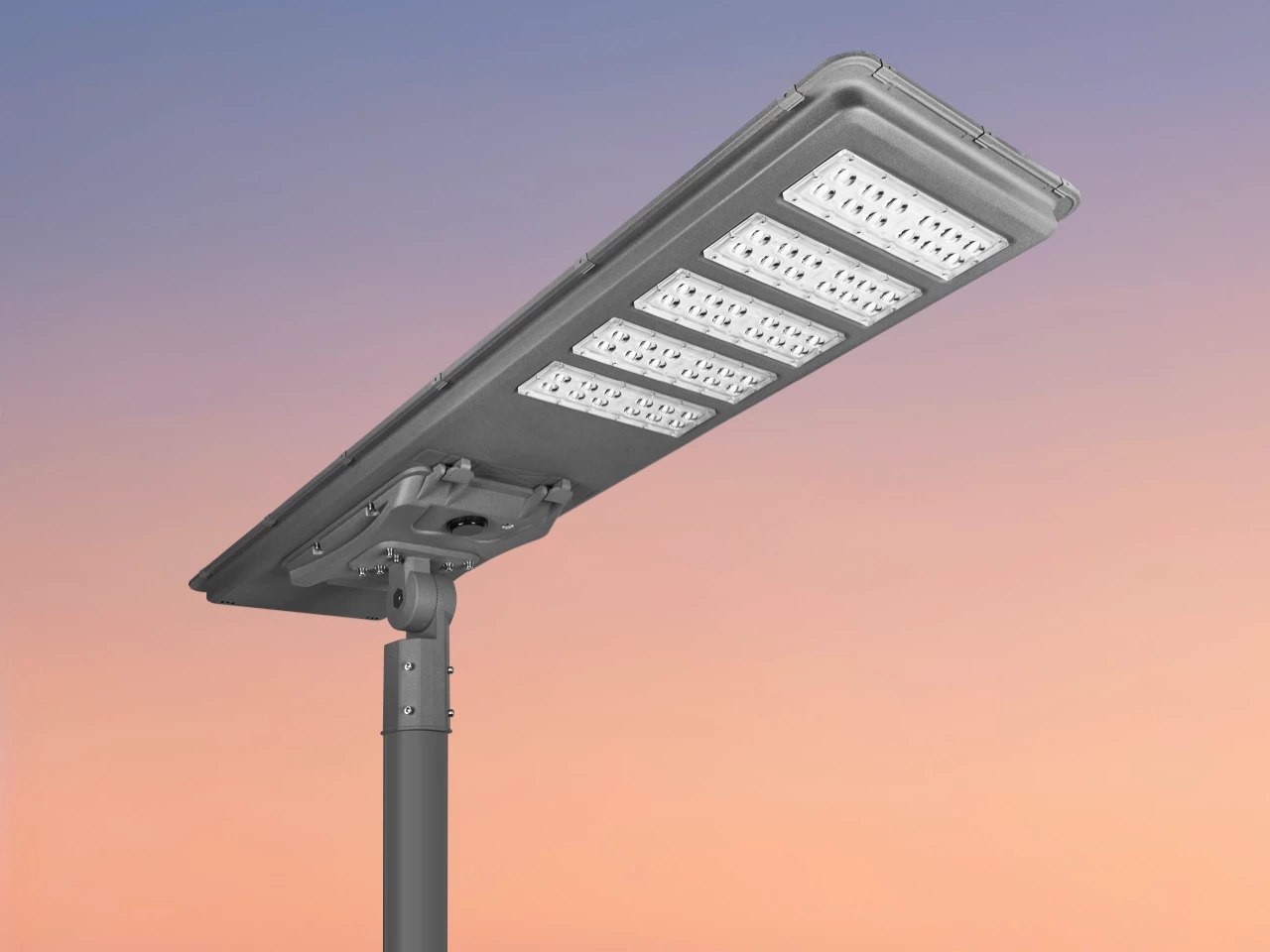
1. Understanding Energy Consumption of Traditional Street Lights
Traditional street lights (often sodium vapor or metal halide) typically consume 250W to 400W per unit, operating for an average of 11–12 hours a night.
Example Calculation:
1 street light at 250W × 12 hours/day × 365 days = 1,095 kWh/year per unit
For 1,000 lights: 1,095,000 kWh/year total consumption.
2. Energy Consumption of Solar Street Lights
Solar street lights operate independently from the grid and are powered by solar panels, battery storage, and LED technology, which is significantly more efficient.
Typical solar LED street light:
LED Power: 40W – 100W (average ~60W)
Operating time: 11 hours/night
Annual grid energy consumption: 0 kWh
3. Comparative Annual Energy Savings
| Type of Street Light | Avg. Power (W) | kWh/Year | Solar Energy Use | Annual Grid Energy Cost |
|---|---|---|---|---|
| Traditional (HPS) | 250W | 1,095 | 0% | High |
| Solar + LED | 60W (solar) | 0 | 100% | $0 |
Annual Savings (1,000 units): 1,095,000 kWh
Cost Savings (@ $0.12/kWh): $131,400/year
4. Environmental Impact of Energy Savings
Saving over 1 million kWh per year significantly reduces CO₂ emissions.
1 kWh = ~0.92 lbs CO₂ (EPA estimate)
Total: 1,007,400 lbs CO₂/year avoided
Equivalent to:
- Removing ~100 passenger cars
- Planting ~12,000 trees
5. Case Study: Solar Street Lights in Action
At GuangDong Queneng Lighting Technology Co., Ltd., we’ve helped clients save significant energy with our intelligent solar street light systems.
- Project size: 800 units
- System: 60W solar LED with smart controller
- Location: Southeast Asia
- Estimated annual savings: 876,000 kWh
- Annual cost savings (@ $0.15/kWh): $131,400
- Payback period: ~3 years
6. What Affects Annual Energy Savings?
- Lighting duration
- Geographic location and solar irradiance
- Efficiency of LEDs, panels, and batteries
- Use of smart dimming and motion sensors
- Product reliability and build quality
7. Long-Term Benefits
- Lower maintenance costs
- No monthly electricity bills
- No trenching or wiring
- Grid-independence
- Eco-friendly public image
Conclusion
A well-designed solar street light system can save over 1,000 kWh per year per unit. That adds up to major cost savings and carbon emission reductions over time. More and more governments and private developers are switching to solar for sustainable infrastructure.
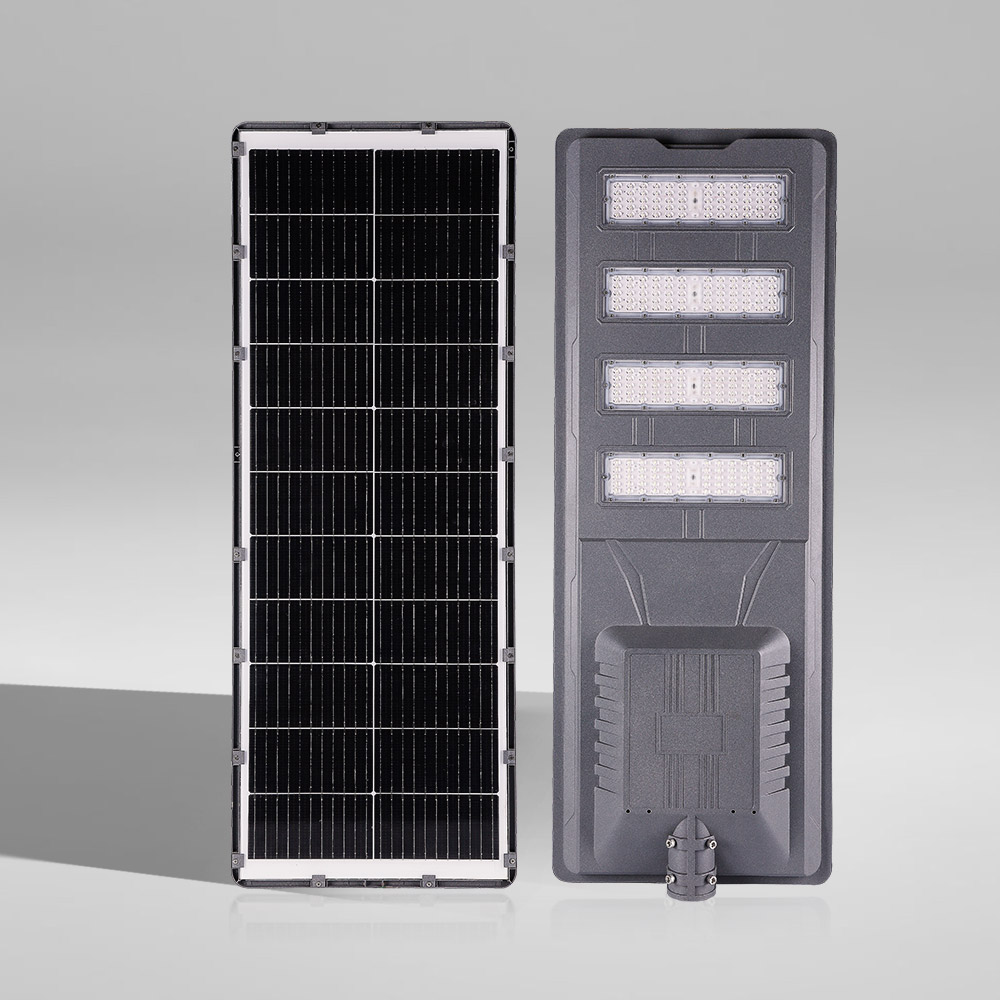
FAQ
Q1: Can solar street lights save money?
Yes. They eliminate electricity costs and reduce maintenance.
Q2: How long does it take for solar street lights to pay for themselves?
Most systems achieve ROI within 3–5 years.
Q3: Are all solar street lights off-grid?
Most are off-grid, but hybrid systems exist for backup.
Q4: How much power does a solar light generate daily?
Typically 200–400Wh depending on sun exposure and panel size.
Q5: Does Queneng offer smart monitoring features?
Yes. Our systems support IoT-based monitoring and energy tracking.

